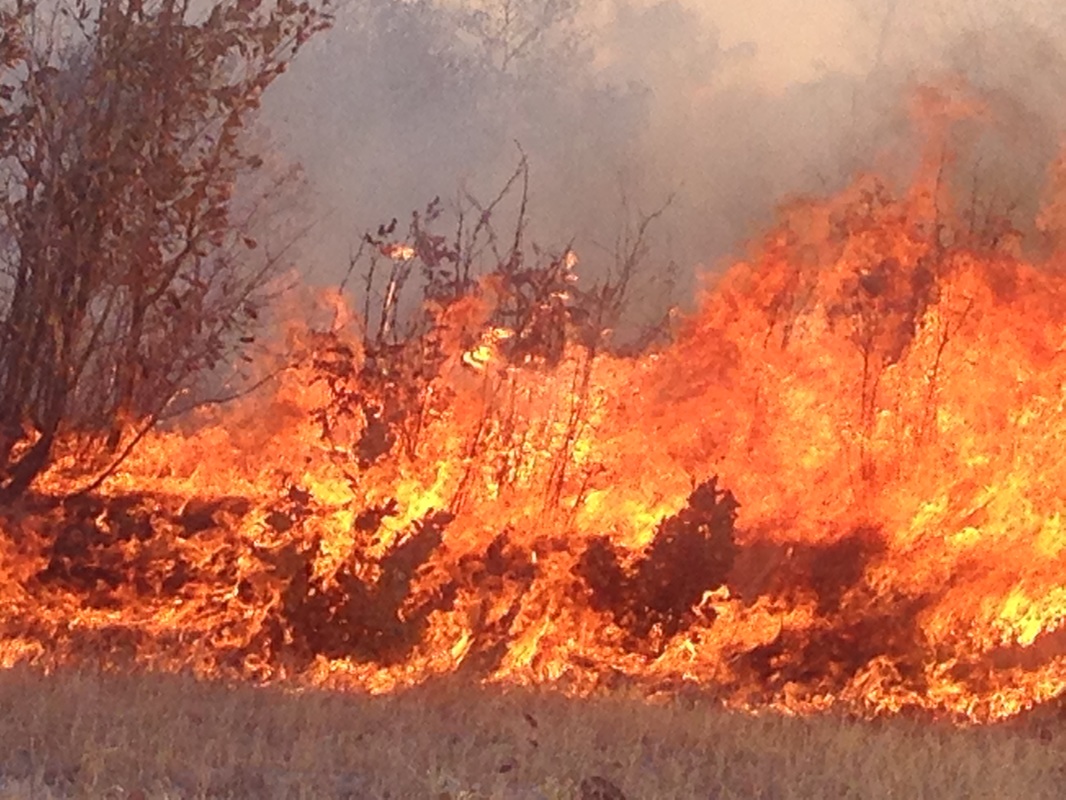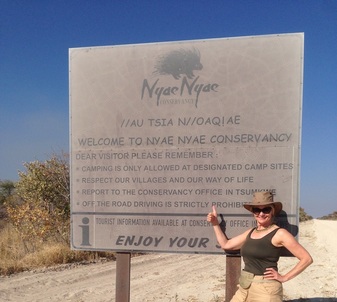|
Courtesy of my employer, the University of Wolverhampton, I received funding to undertake a reccie to Nyae Nyae, homeland of the Ju|’hoansi San in North-eastern Namibia. My aim was to investigate reading/writing literacy among this group of former hunter-gatherers. Personally, I was hoping to find a San writer I could mentor so s/he could write first-hand about the experiences of this, one of the world’s oldest and most marginalized indigenous people.
I was able to coincide my visit with that of Melissa Heckler, founding teacher of the Village Schools Project, which offers culturally-mediated mother–tongue education to Ju|’hoan children in remote areas, so I was keen to learn about this renowned literacy initiative. But first we had to get there. One reaches Nyae Nyae by crossing the African continent, then travelling 670 km north from Windhoek, the capital city of Namibia. We passed troupes of baboon which live in the copper-coloured hills surrounding the city, then entered a seemingly endless savannahscape: dark umbrella-shaped thorn trees protruding above an ocean of bleached grass; families of warthog on calloused knees rooting around on the verges; roan antelope and once, a rare Nyala gazing out from behind a high game fence. The road goes on and on and on and on, but I was with one of the world’s top storytellers so the kilometers flew by. I'd barely registered the turn off to the big meteor crash site near Grootfontein before we were on the 'Great White Way', the gravel road that leads ultimately to the border between Namibia and Botswana. It’s a hot and dusty 5-hour drive through thorn scrub that's tinder-dry after a long drought. Veld fires, set and accidental, are common, and I was relieved that the wide road acted as firebreak to the inferno we encountered on our right-hand side. The not-so-hard shoulder of this road (beware deep, sucking sand turned glassy by the intense heat) was a feeding station for the startlingly coloured lilac-breasted rollers who waited there to gobble up grasshoppers fleeing the flames. I've never seen so many rollers concentrated in one space. They say every bird has 27 colours in its plumage and I can vouch for the fact that the turquoise-blue wings alone are dazzling against the backdrop of charred veld. Finally a transmission tower appeared on the horizon (Remember this tower; it looms large in my new project) and Melissa craned forward. This was her seventeenth trip to the Nyae Nyae Conservancy since she started the first Village school 25 years ago. Some of the Ju|’hoan children she taught are now adults and send their children to Village schools. On this visit Melissa planned to initiate a pre-school program for the new generation of Ju|’hoan children. I had personal reasons for feeling excited. It was 22 years since I‘d visited this area and I hoped to meet up with some of the people who unwittingly inspired my first novel, Salt & Honey. I figured the chances were slim; they were nomadic, the group may have disbanded, people could have died. And I wasn't sure how close to Tsumkwe, the town where I'd be based, they had been. Still, strange things happen in the Kalahari; as Melissa says, you've just got to be there.
5 Comments
Anna Dimakopoulou
9/7/2016 07:44:12 am
Physically I can only relate to the callouses but on the imagined journey I thoroughly enjoyed the depictions and colours of this adventure - hope to read more!
Reply
Linda Hatting ( van Rooyen)
9/12/2016 11:10:33 am
Wow!!
Reply
Linda Hatting ( van Rooyen)
9/12/2016 11:10:46 am
Wow
Reply
Leave a Reply. |
AuthorAfrican novelist and out-to-grass, academic. Archives
January 2024
Categories
All
|


 RSS Feed
RSS Feed